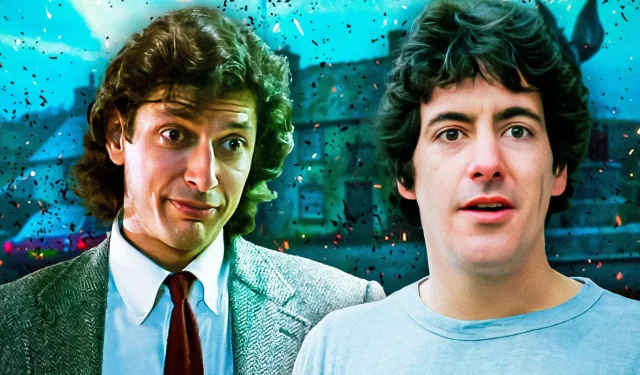The 1980s marked a remarkable period in the realm of horror films, bringing forth an array of iconic creatures and spine-chilling effects that continue to influence the genre today. Often at the forefront of innovation, horror movies have a unique ability to stretch the limits of special effects. While modern cinema frequently employs CGI for creature design, the 80s were a time when hands-on, practical effects reigned supreme, creating memorable and distressing visuals that left a lasting impression.
This decade was pivotal in the advancement of practical special effects. Although by the 1990s, the rise of computer-generated imagery began to dominate major films, horror often lagged behind due to the hurdles in technology. As a result, the 80s stand as a high point for practical effects, showcasing a lost art that is less prevalent in contemporary horror, even among the finest productions.
10. Brundle-Fly
The Fly (1986)
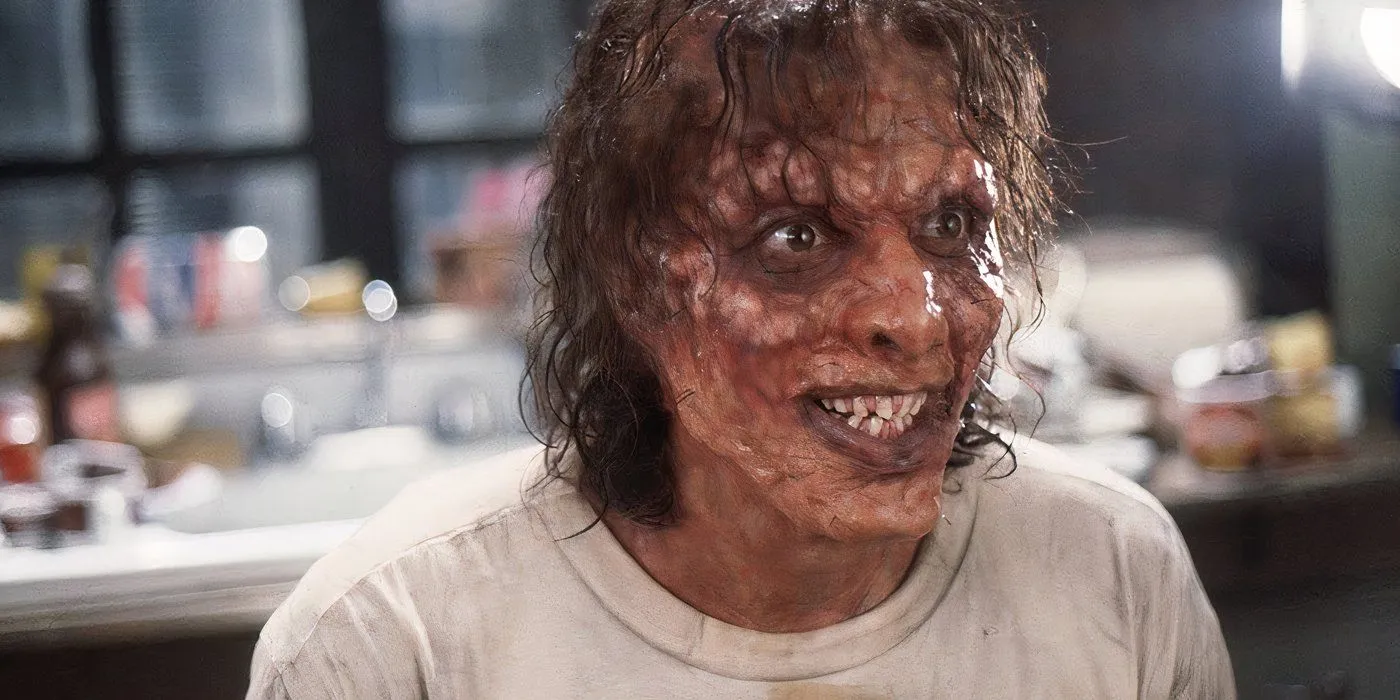
The 1980s brought a new dimension to horror remakes, particularly evident in 1986’s The Fly, which elevated the fear associated with its 50s predecessor. The story revolves around a scientist whose groundbreaking teleportation experiment takes a horrific turn when he accidentally merges with a fly. The visceral transformation into the Brundle-fly showcases the pinnacle of body horror, featuring grotesque visuals that powerfully convey pain and loss of humanity.
9. The Blob
The Blob (1988)
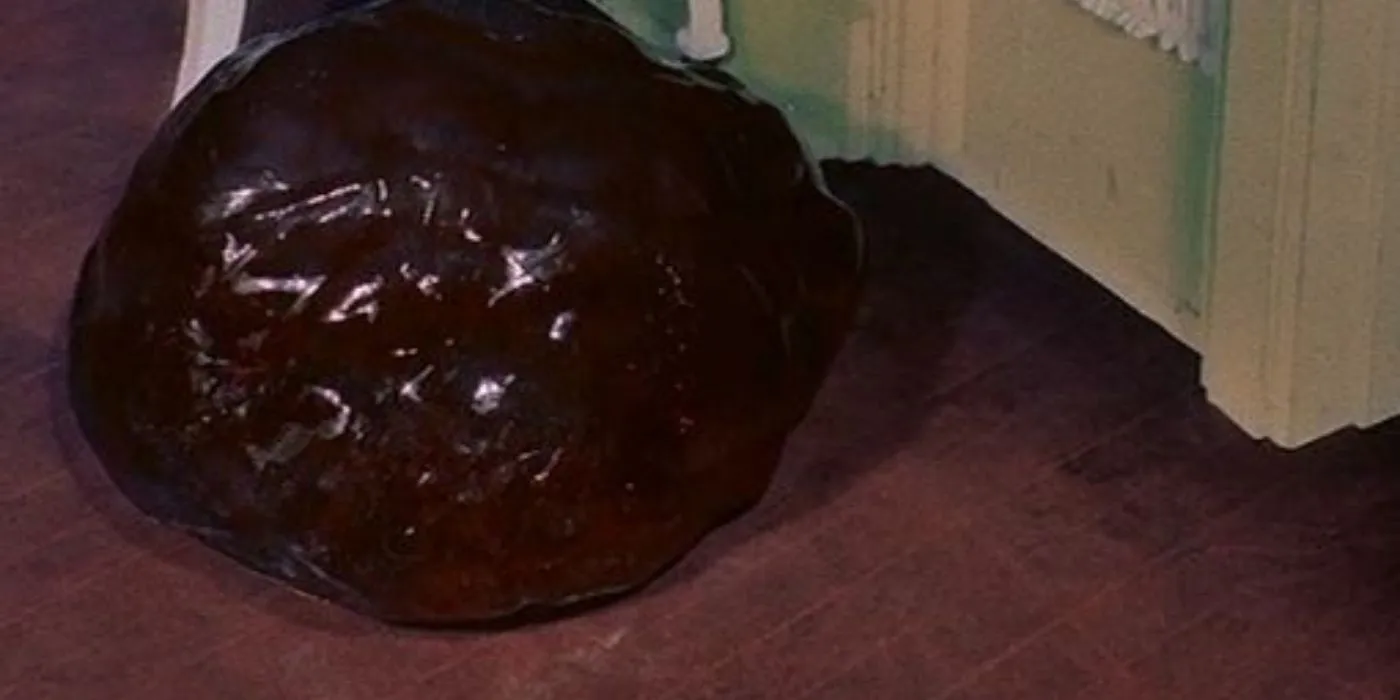
Another standout remake from the 80s, The Blob reinvents the tale of a colorless, creeping menace that consumes everything in its path. Emerging not as an extraterrestrial threat but as a runaway government experiment, this 1988 film delivers stunning practical effects that bring the devastating impact of the blob to life. Its capacity to dissolve flesh is depicted with grotesque realism, creating a collective horror that lingers long after viewing.
8. The Thing
The Thing (1982)
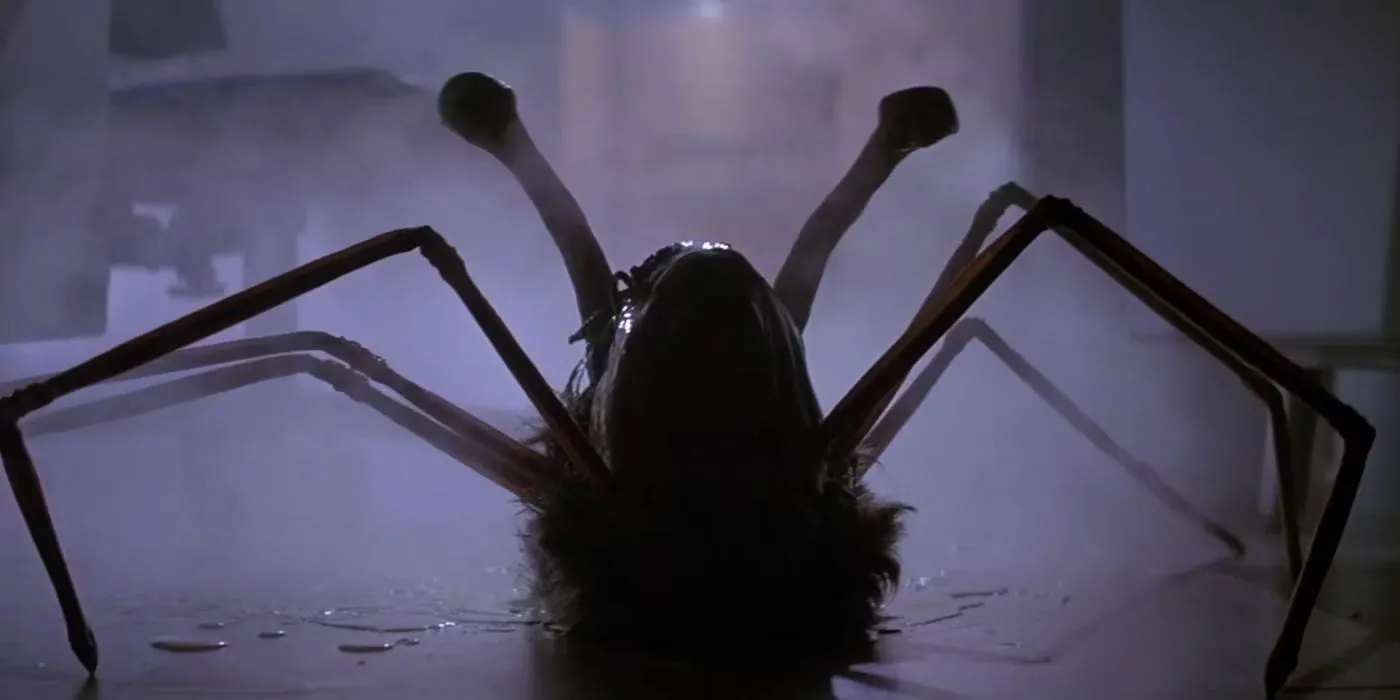
Initially released to lukewarm reception, The Thing has since emerged as a classic in horror cinema, celebrated for its groundbreaking effects. This John Carpenter masterpiece captures an Antarctic research team confronted by a shape-shifting alien that can seamlessly mimic its victims. Each transformation is a breathtaking showcase of practical effects, from monstrous mutations to horrifying displays of violence, setting a high bar for visual storytelling in horror.
7. The Cenobites
Hellraiser (1987)
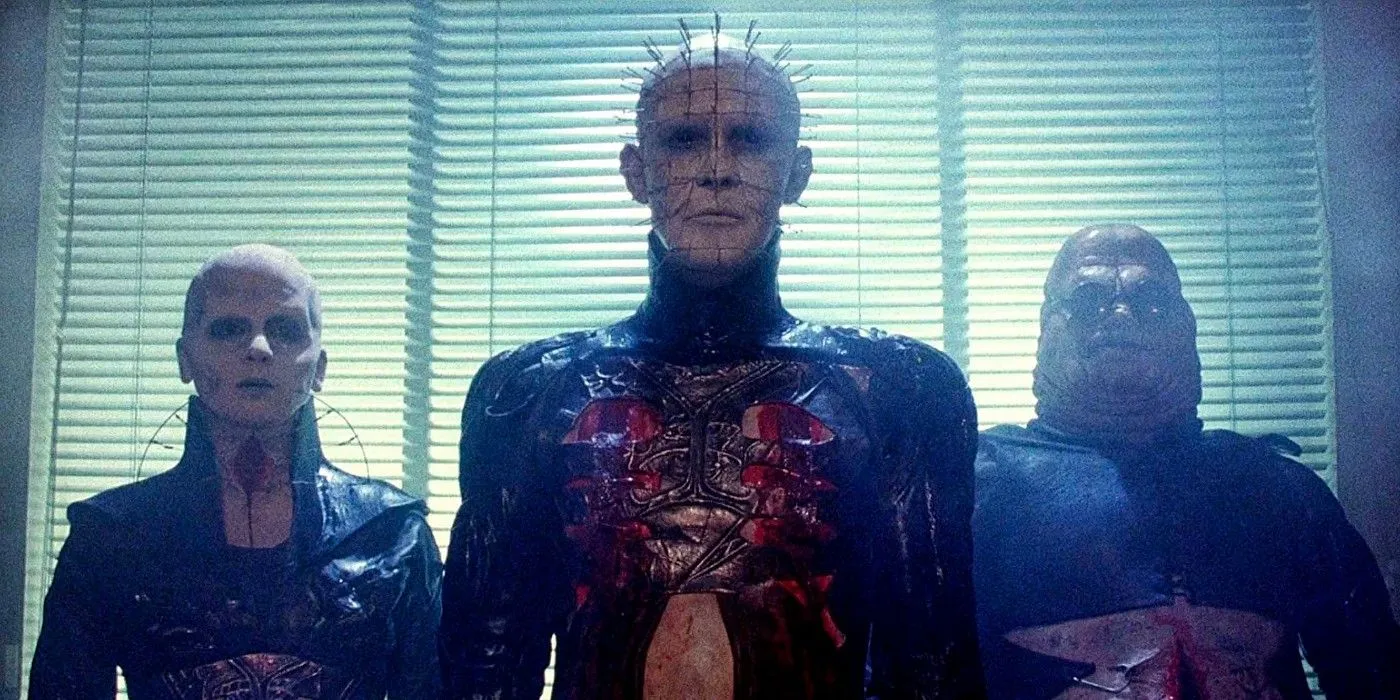
Marking the introduction of a new breed of horror icons, Hellraiser delivers the terrifying Cenobites, creatures that embody visceral monstrosity. Helmed by Clive Barker, this film combines elements of sadomasochism with supernatural horror, exploring themes of pleasure and pain. The design of characters like Pinhead is an unforgettable example of how effective makeup and practical effects can forge a new mythology in the horror genre.
6. The Curse of Lycanthropy
An American Werewolf in London (1981)
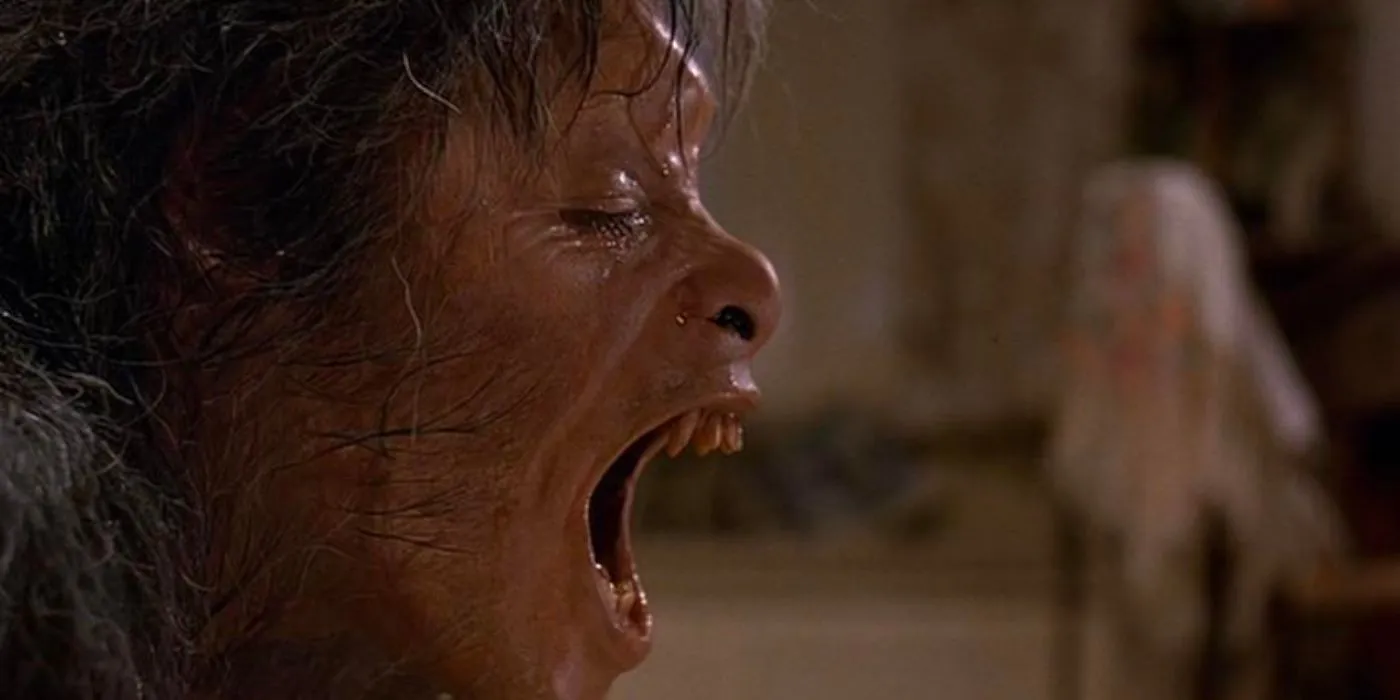
Often hailed as the apex of werewolf films, An American Werewolf in London is renowned for its jaw-dropping transformation scenes. Following two American tourists who encounter a werewolf, the film artfully blends horror with humor while demonstrating spellbinding practical effects during the transformation. The unsettling portrayal of lycanthropy remains one of the most impactful depictions in cinematic history.
5. Chucky
Child’s Play (1988)
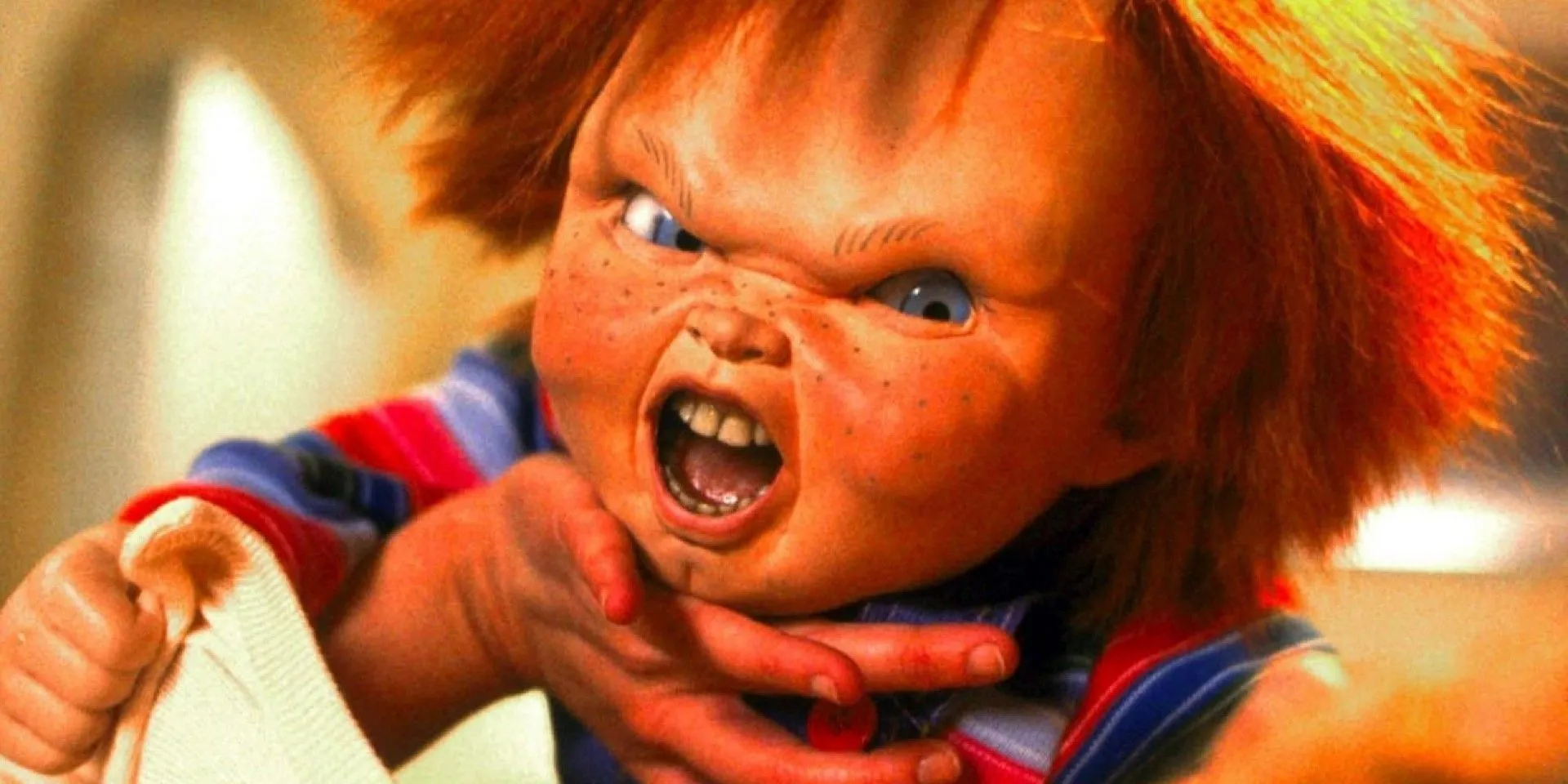
Emerging as one of the most memorable slasher villains, Chucky captures attention through its clever blend of animatronics and puppetry. The chilling backstory of a serial killer using a doll as a vessel takes the horror to unexpected levels, highlighting the transition between innocence and malevolence. The careful use of camera techniques amplifies Chucky’s presence, creating a palpable tension that resonates with audiences.
4. Pumpkinhead
Pumpkinhead (1988)
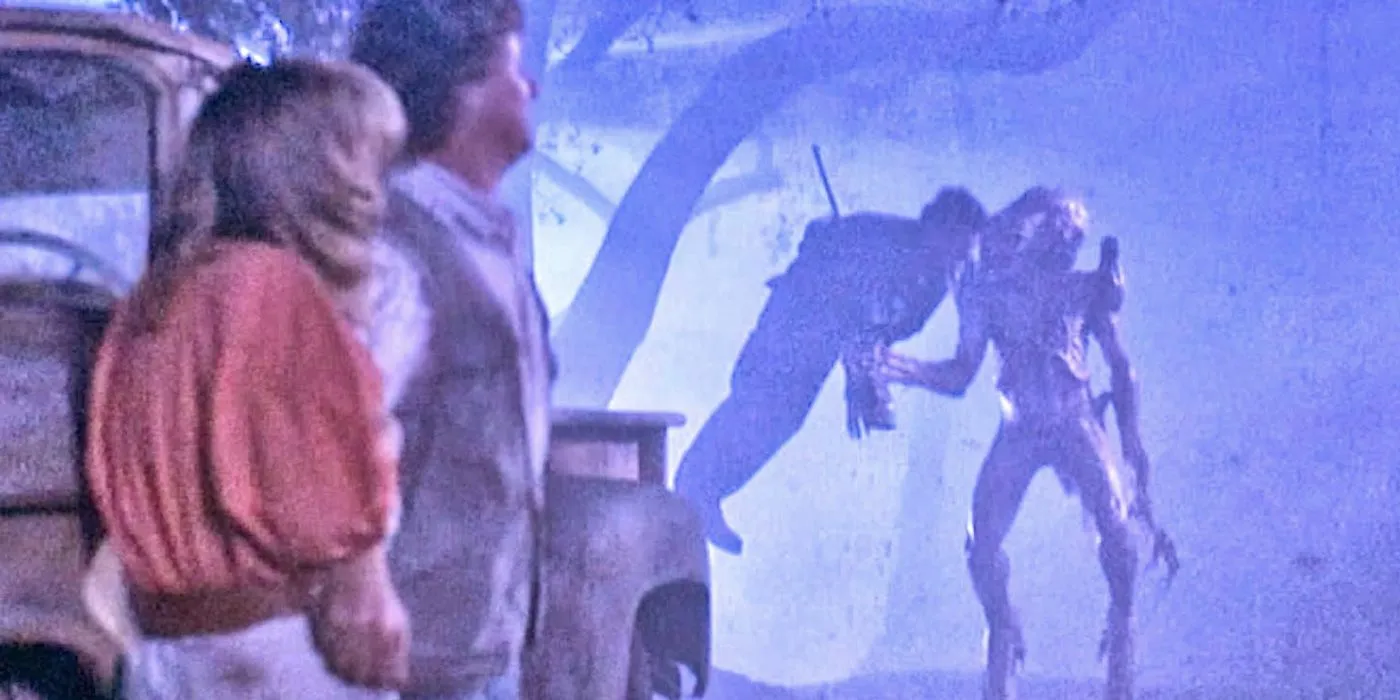
A lesser-known gem of the decade, Pumpkinhead explores themes of revenge through its haunting visual effects. The film depicts a father summoning a demon to exact vengeance, introducing a character that is both terrifying and visually stunning. The monster’s design, coupled with its tragic narrative, elevates Pumpkinhead into the realm of memorable horror creatures.
3. The Xenomorph Queen
Aliens (1986)
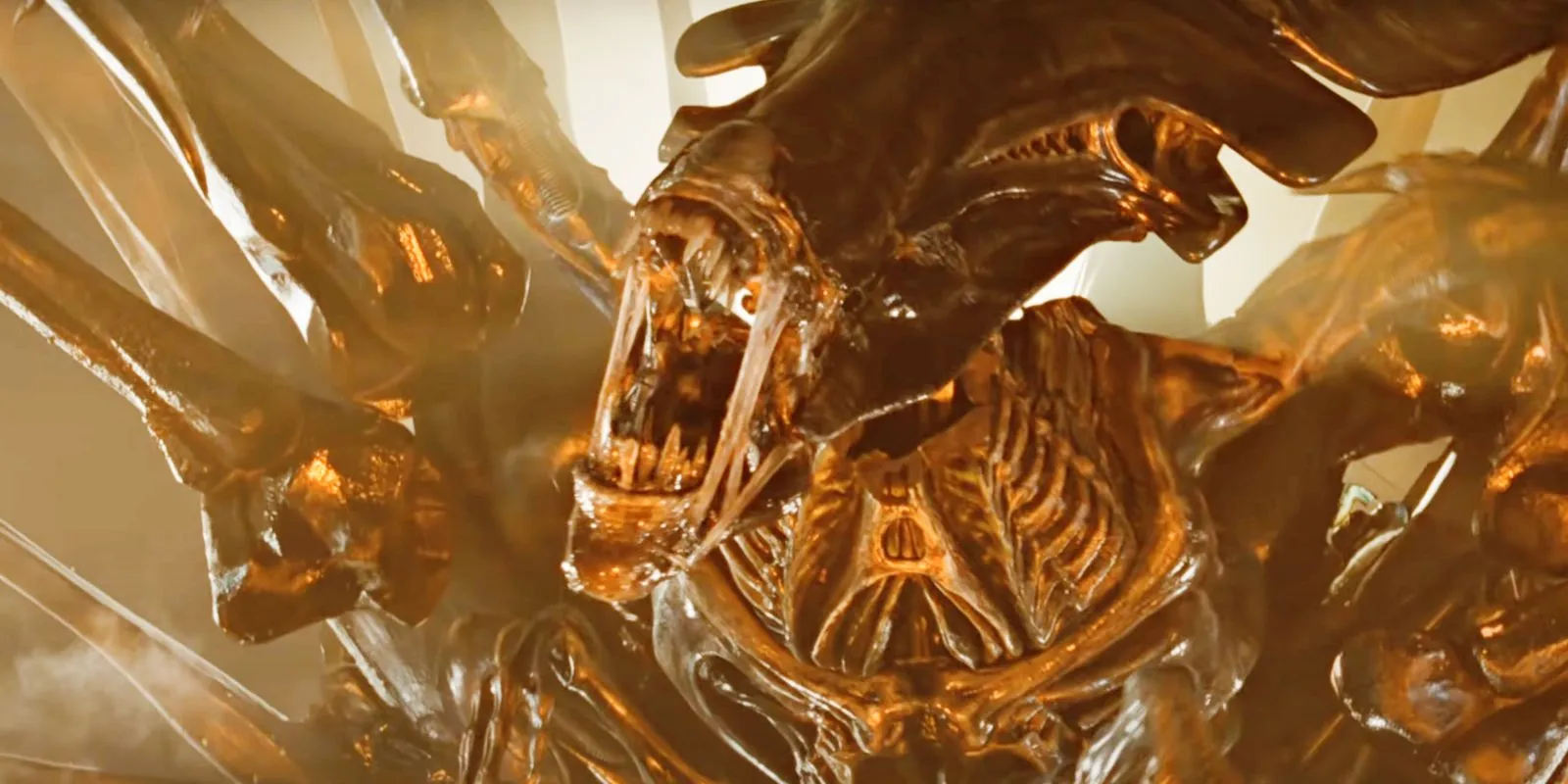
Continuing the legacy of the original Xenomorph, 1986’s Aliens expands on the terror with the introduction of the formidable Xenomorph Queen. Design and execution excelled beyond expectations, allowing the creature to come to life with chilling authenticity. Though some argue that it merges action with horror elements, the nightmarish presence of the Xenomorphs is palpable throughout, making it a landmark in the genre.
2. The Zombies
Day of the Dead (1985)

Arguably the most visceral contribution to the zombie genre, Day of the Dead showcases the eerie aftermath of an apocalyptic epidemic. With an emphasis on advanced practical effects and gore, George A. Romero’s film pushes the boundaries of horror while effectively conveying its themes of survival and desperation. The portrayal of decomposed bodies is an impressive—yet unsettling—showcase of makeup artistry.
1. The Shunting
Society (1989)
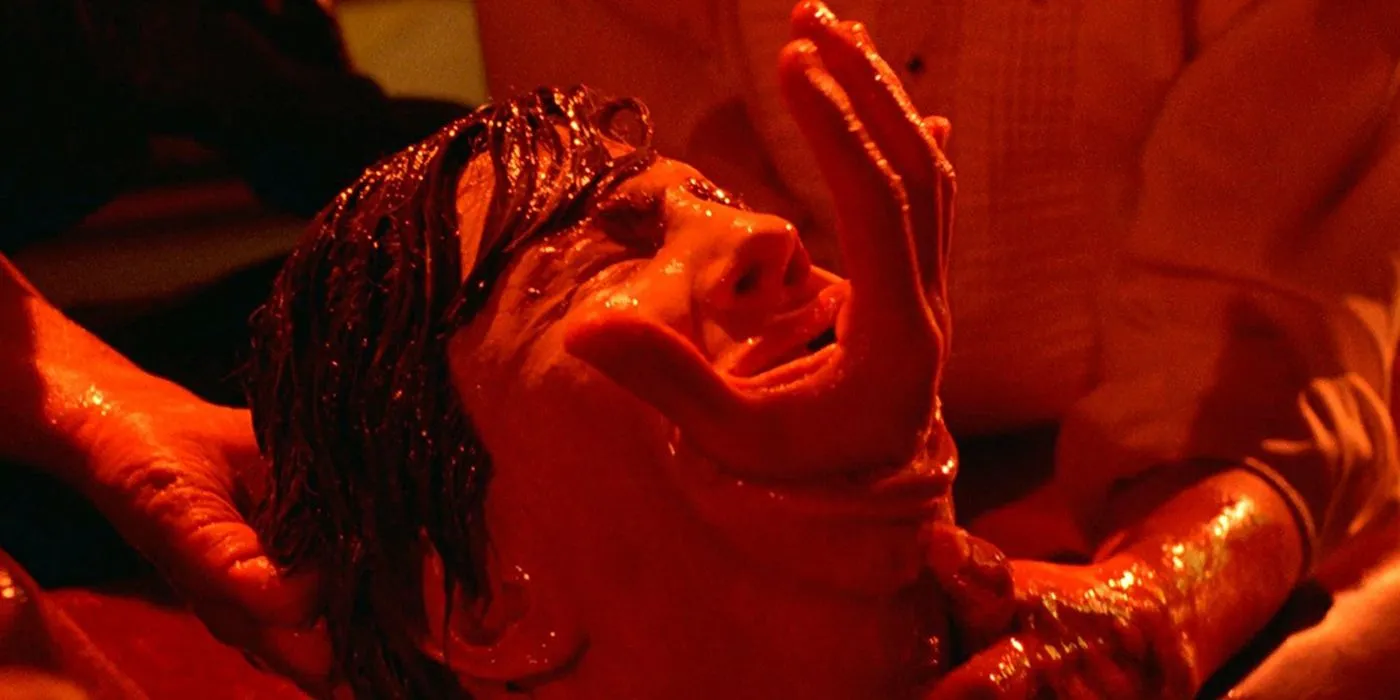
A hidden treasure of 80s horror, Society begins with a seemingly ordinary narrative but escalates into one of the most bizarre displays of corporeal transformation ever captured on film known as the Shunting. This culmination of grotesque body horror features characters entwined in a nightmarish spectacle, showcasing human depravity in a horrifying yet inventive manner. It stands as an unforgettable example of how practical effects can manifest terror through visual storytelling.
